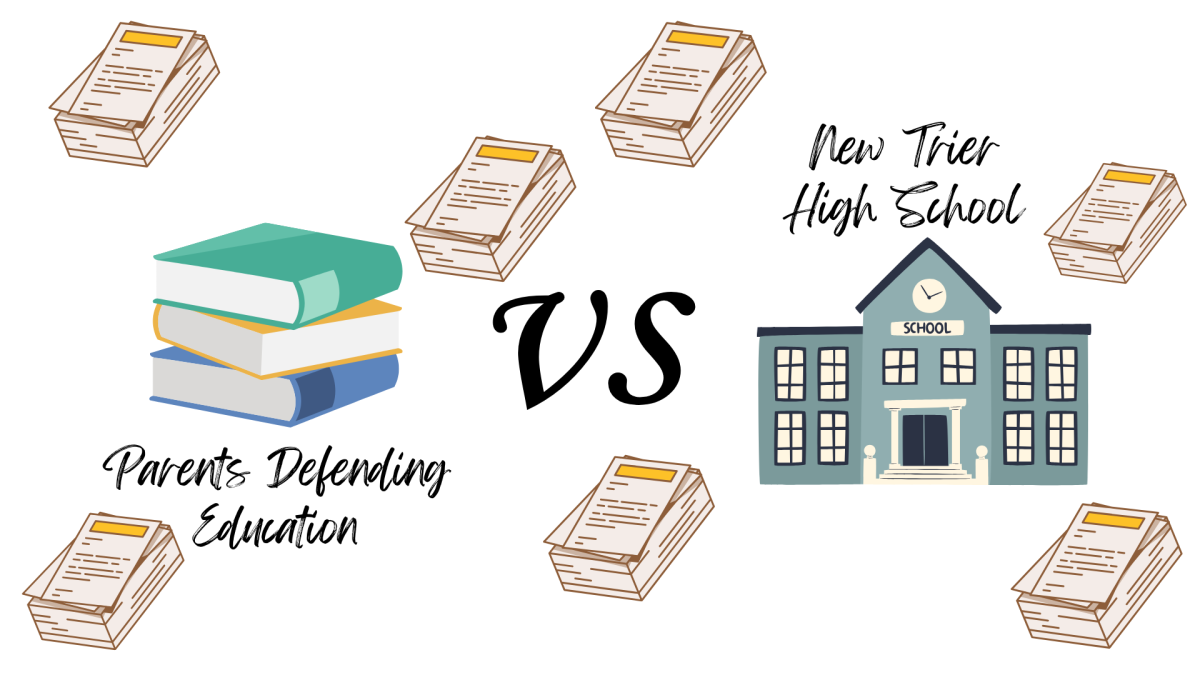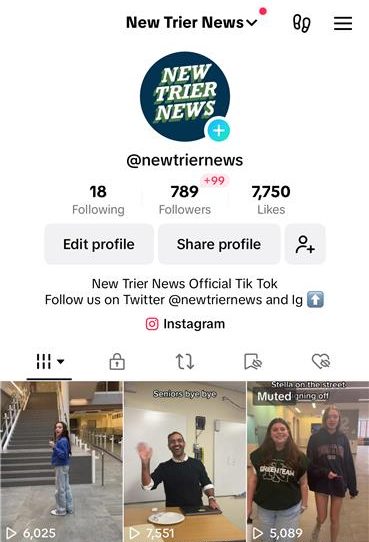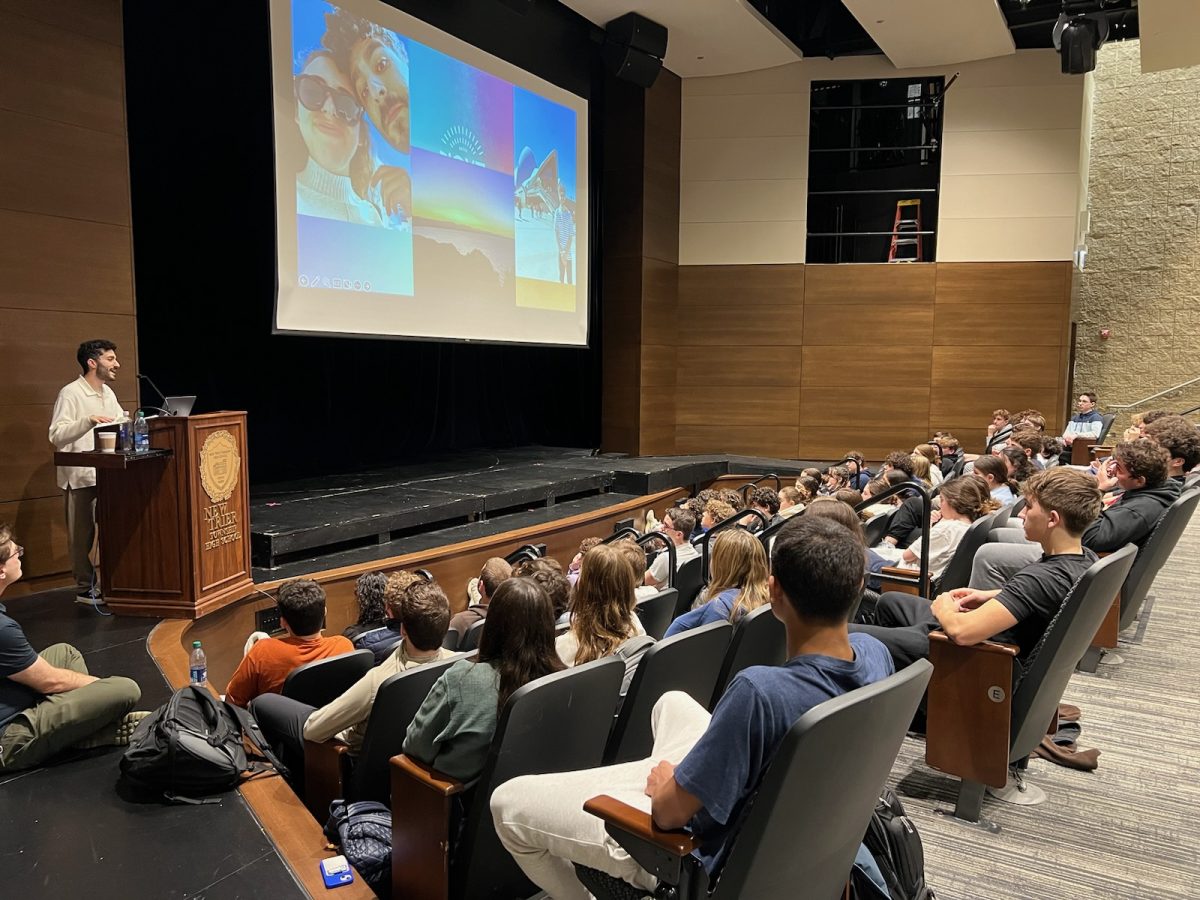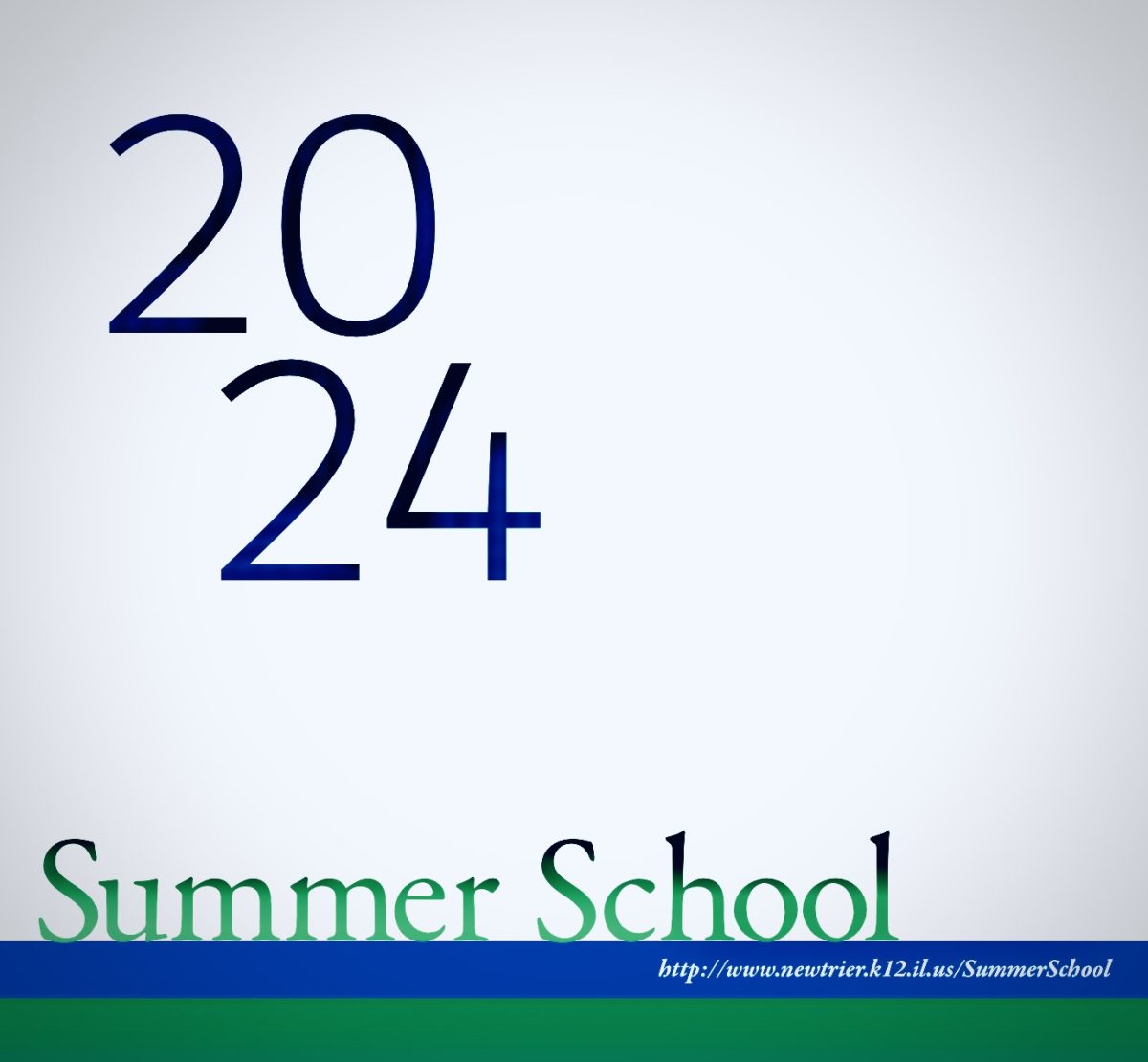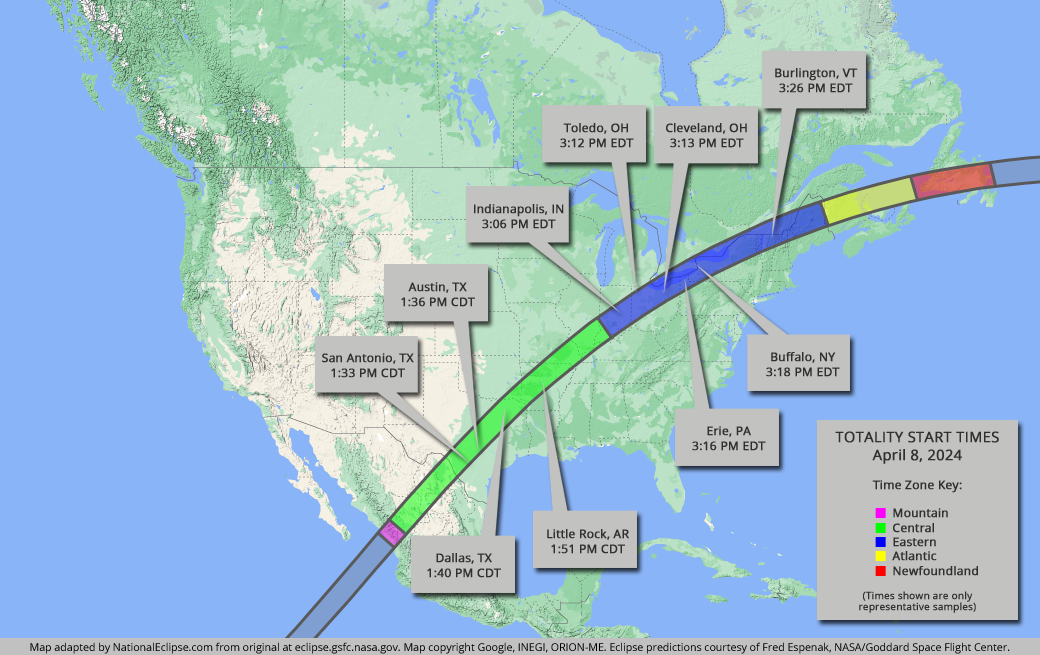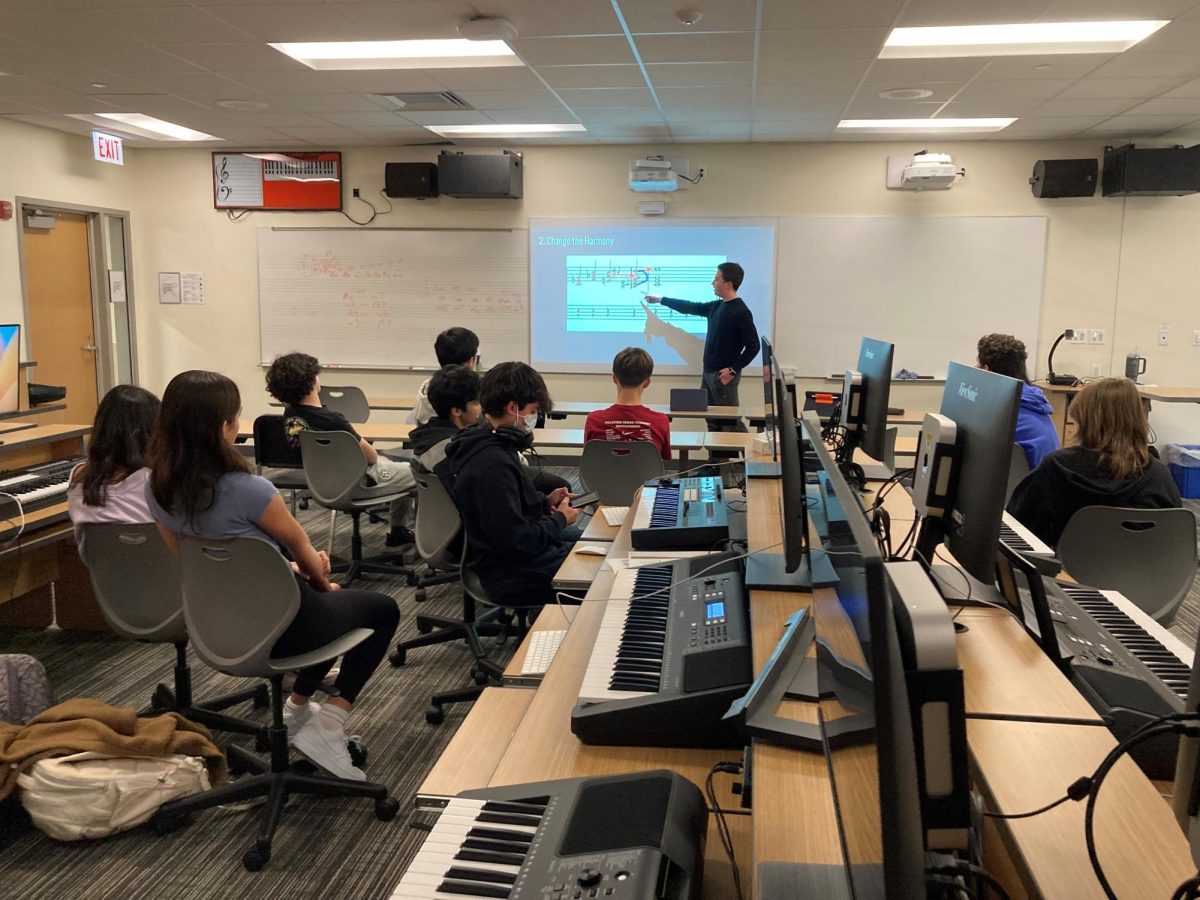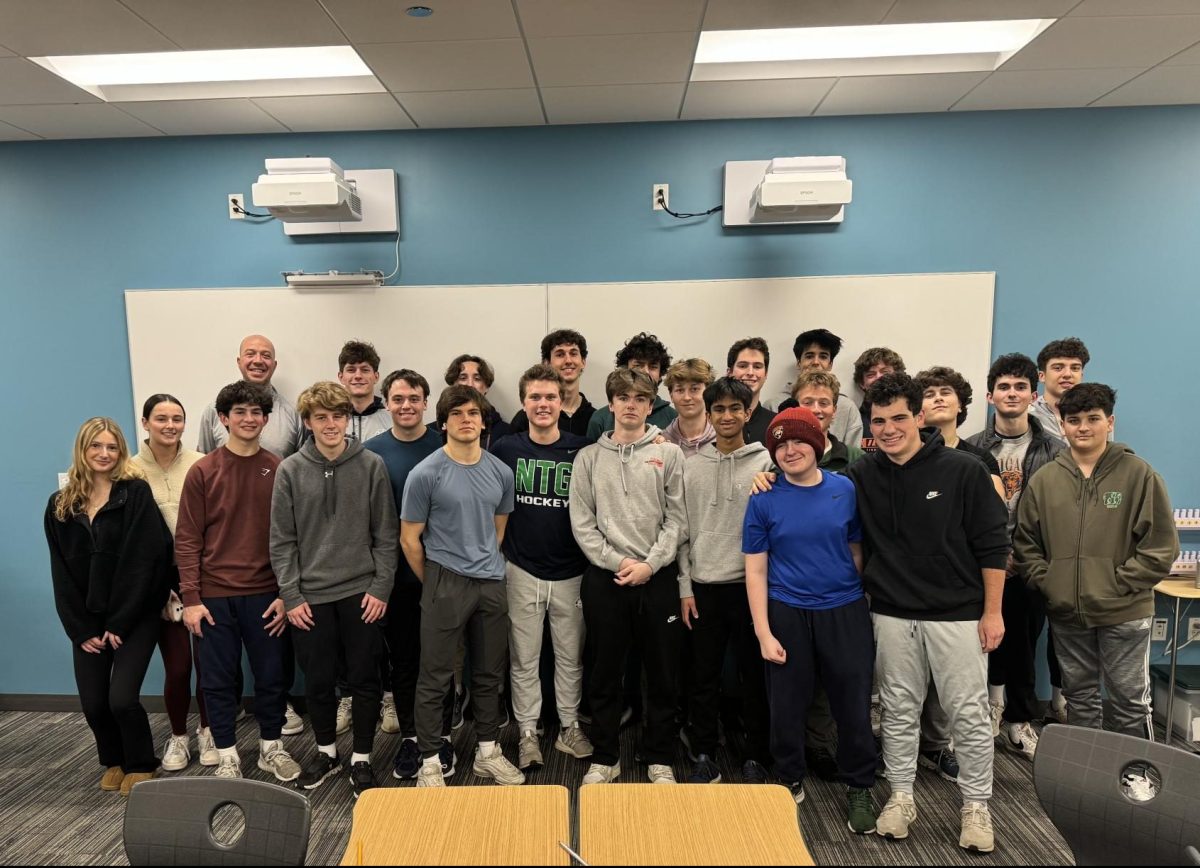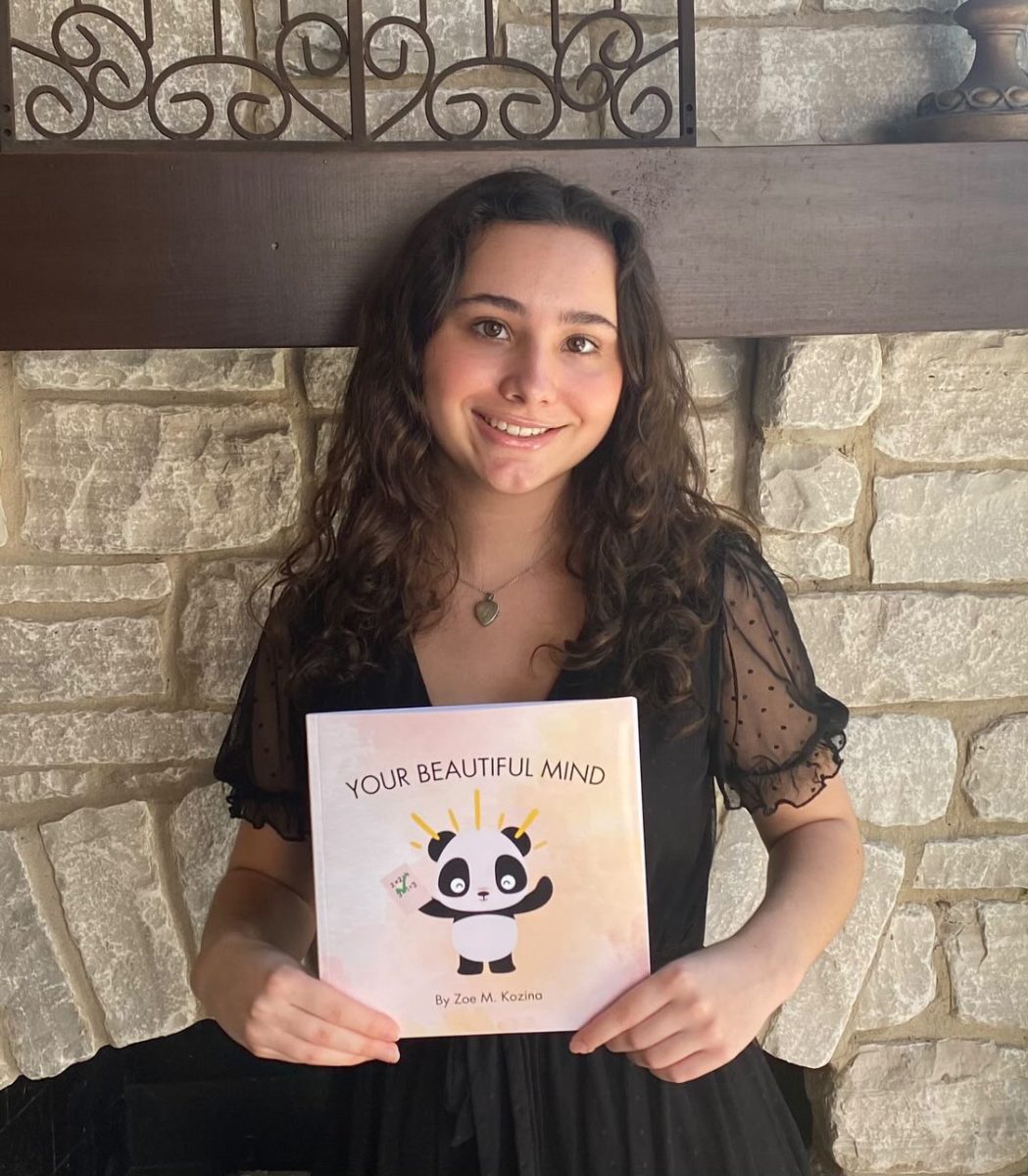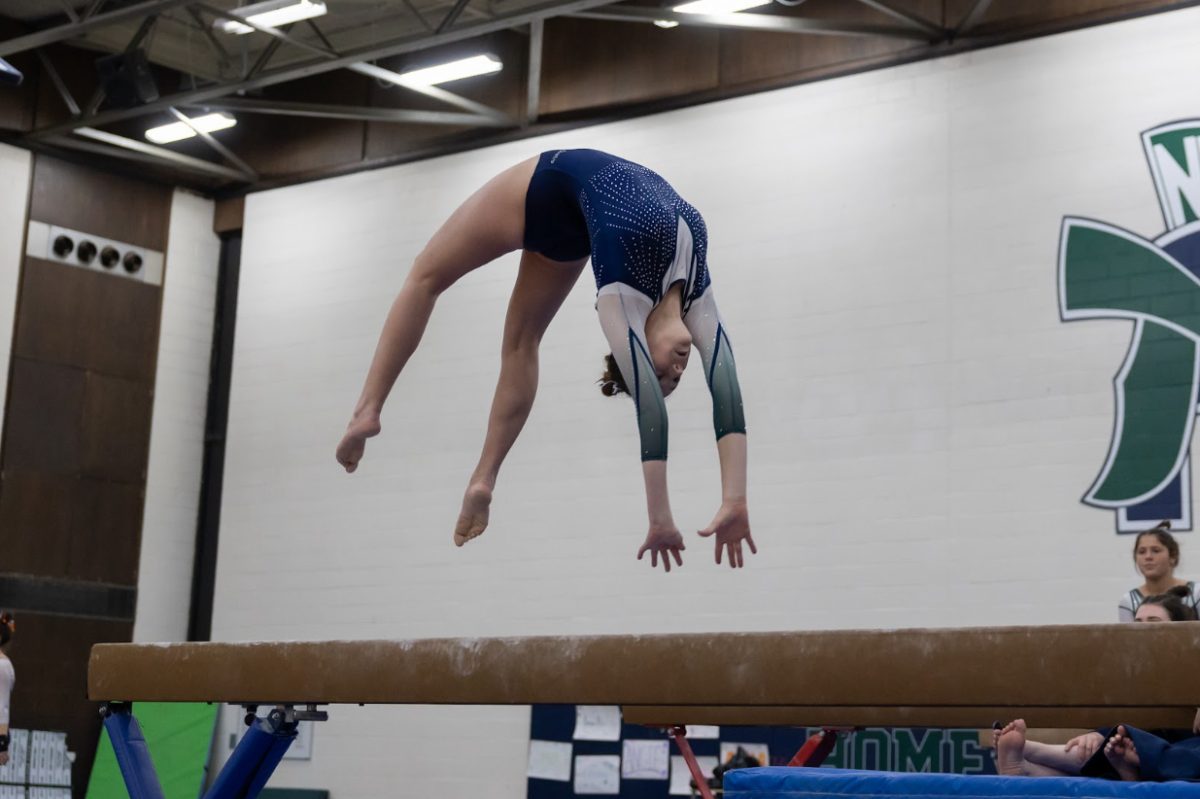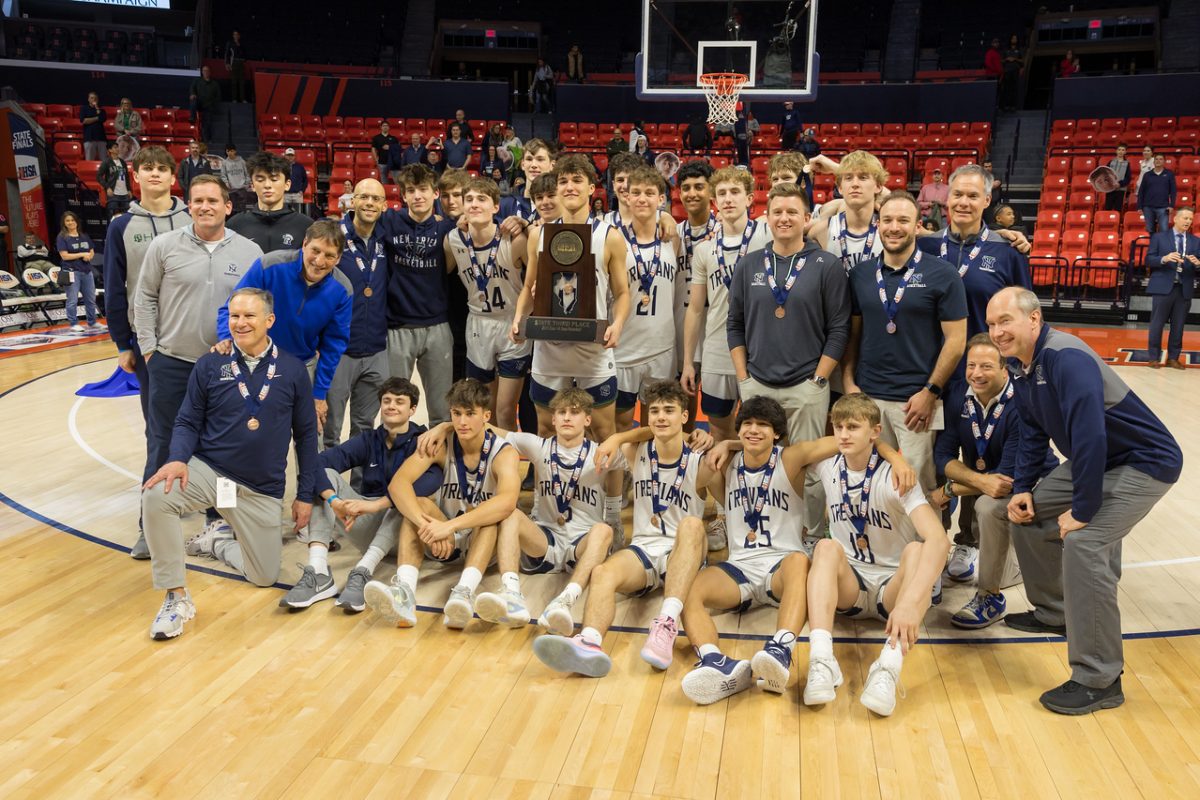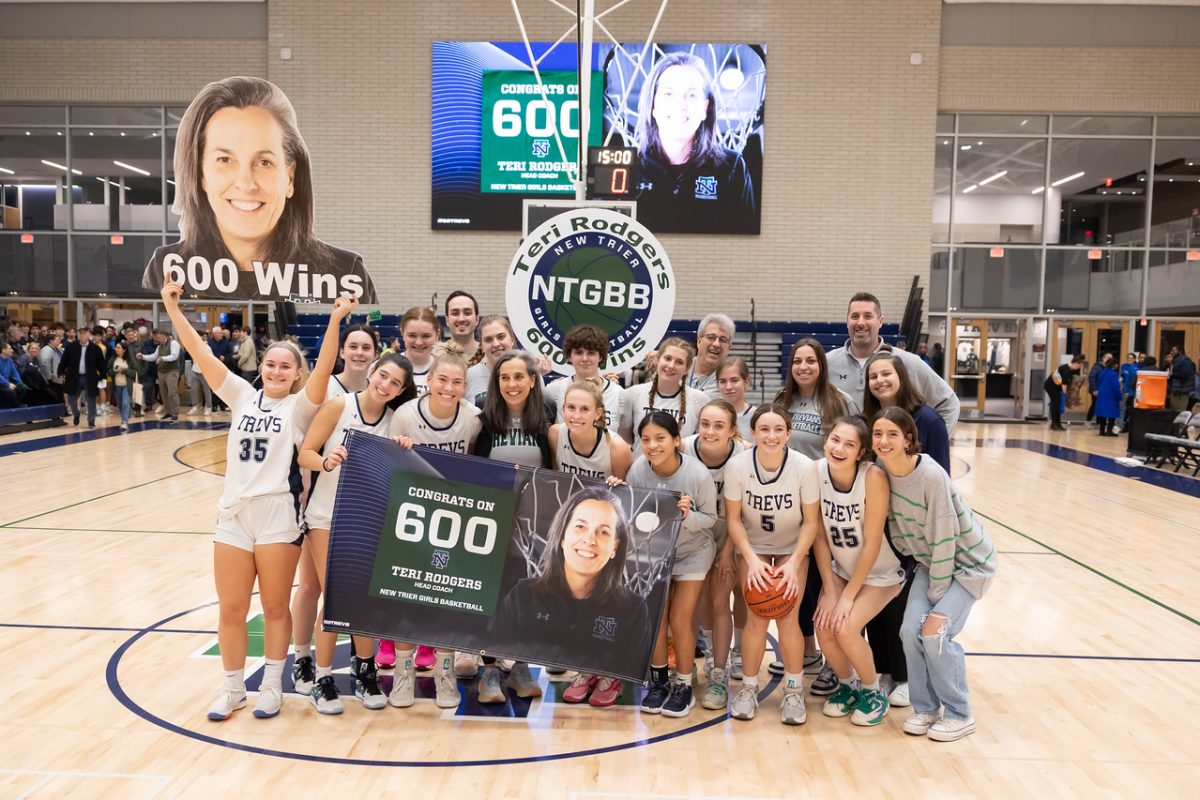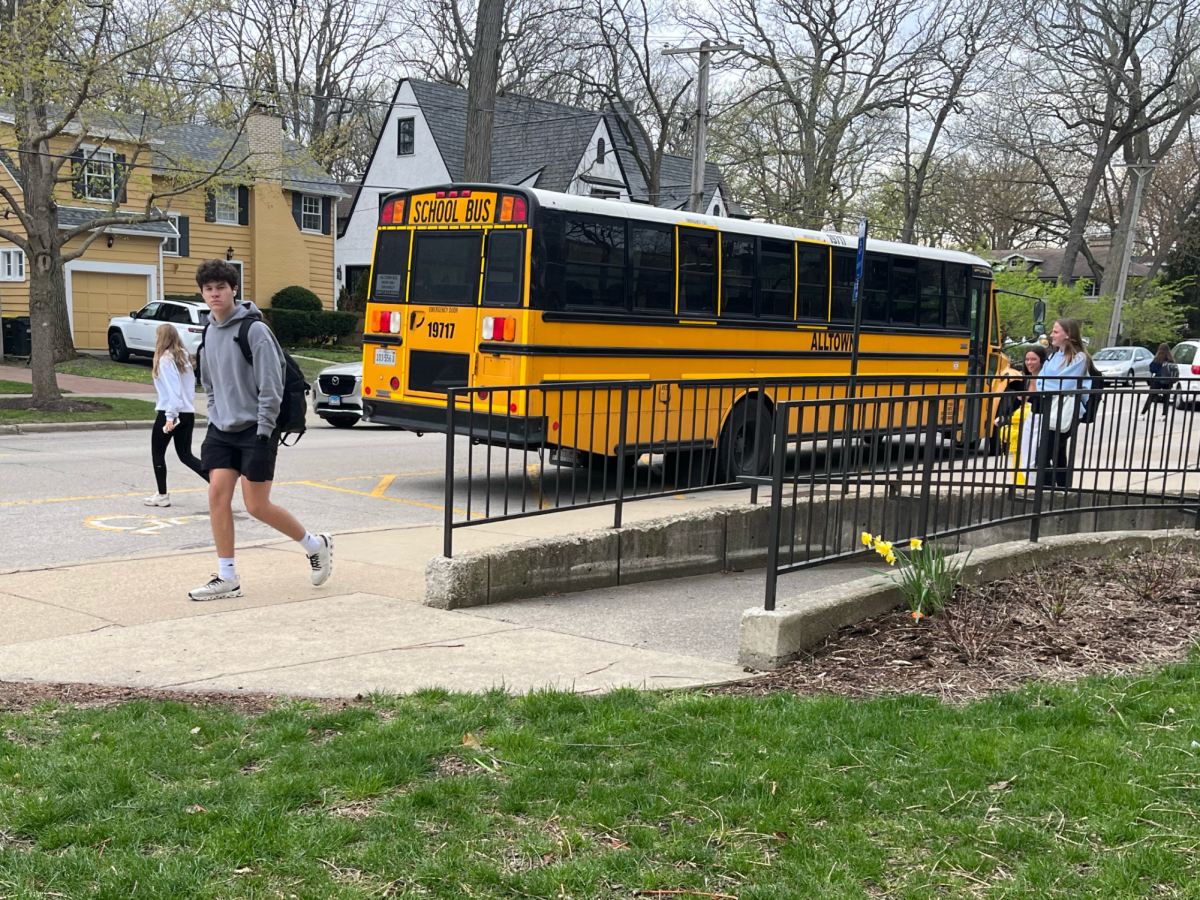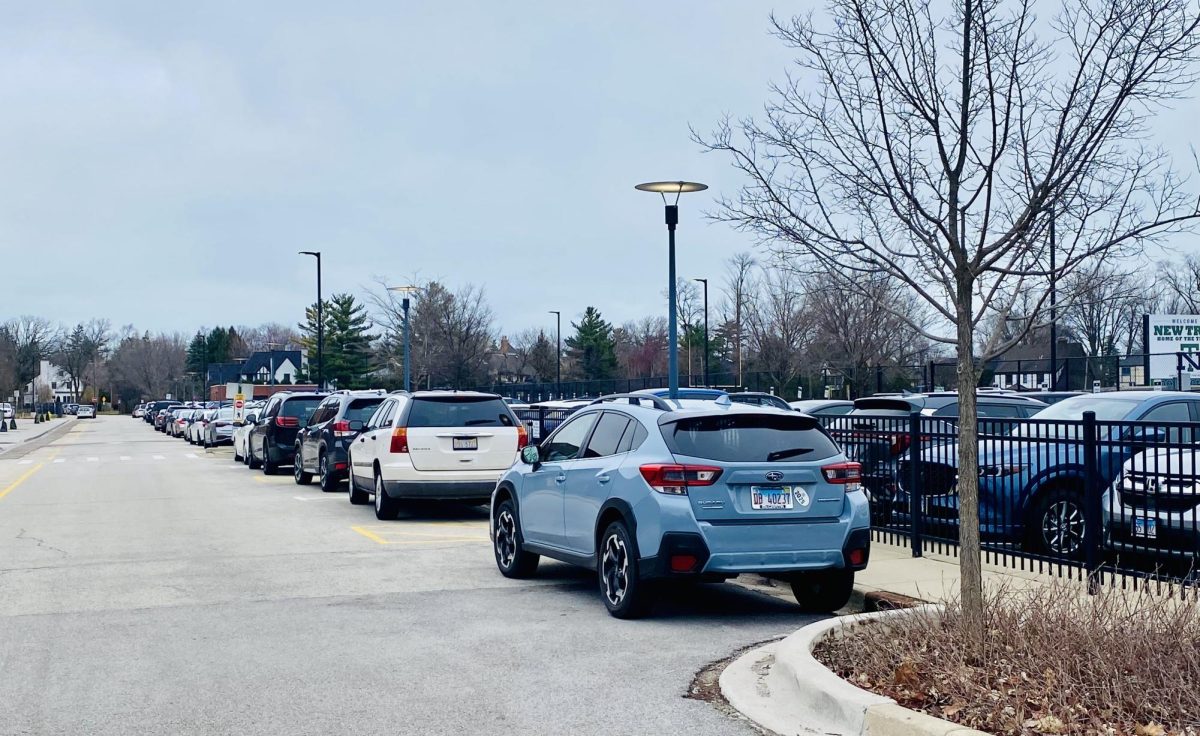More students are applying to more colleges, according to a National Association for College Admission Counseling study done in 2011. Despite the national increase, New Trier has continued to send out the same number of applications this year as in the past.
The study reported that a quarter of freshmen who enrolled in college in the fall of 2010 had applied to seven or more schools. This was about a three percent increase over past years, including 2008 and 2009.
The increase could be attributed to the increasing simplicity of the Common App. Many students are also applying to a wide range of schools to broaden their choices and increase their chances of getting into the “right” school.
Defying the odds, New Trier’s average output of applications has remained the same.
According to College Counselor Linda Connelly, “Our applications have stayed pretty consistent. We send out over 7,000 transcripts a year, and it’s been that way for a number of years,” Connelly explained. “There are 1,015 [students] in the senior class, so that breaks down to about seven apps per person.”
Although the applications have statistically been the same for the past few years, many students still feel as though the change in national averages apply to New Trier. Senior Allison Gretchko, who applied to nine schools, felt as though the general trend of over-applying applied to New Trier.
“People are applying to more schools, it’s statistically shown. There are more options now and schools have grown in size,” Gretchko said. “I wanted to apply to lots so I had a range of choices and backups.”
For now, however, the average for both early and regular decision applications remains the same at New Trier.
Though the average is seven apps per student at New Trier, most people fall at the extremes; they’re either set on their dream school with a cautionary backup, or putting out feelers for a dozen or so schools.
Connelly finds that the number of colleges that students apply to depends on the type of schools they want to attend.
For example, students who apply to schools with very low acceptance rates generally apply to a wider variety to cover the bases.
“Obviously the kids at the top are trying to cover their odds, because the acceptance is so low. Stanford, for example, had a 5.7% acceptance rate,” said Connelly.
Conversely, some students are only applying to one or two schools. Most of these students have some sort of ‘hook.’ This could mean they’re a recruited athlete, talented musician, or specialist in an appealing extracurricular.
“[Student athletes] often only apply to one school,” explained Connelly. “They have been given a verbal commitment, so they know they are getting in.” The post high school office encourages these students to apply to more than one school, however, in case things fall through or they get injured.
There are also students who apply early decision, like senior Katie Chang, and therefore could only apply to one school. “I applied early decision to one school which I got into,” Chang explained. “Had I not gotten into that school, I would have applied to five other schools, so six in total.”
These early decision applicants are bound to that school if they get in, which is why only about 20% of seniors use this option. The more popular choice is early action – which allows students to find out if they are accepted in December, but does not bind them to that particular school.
The majority of students at New apply to a few safety schools and a few reaches.
“It seems like it’s that old adage of ‘why would I want to go to a school that I can get into?’ I want to go to a school that I can’t get into,” Connelly said of applicants. “It makes me sad because some of these ‘safety’ schools are great schools, but just because they can get into them it has lost the aura.”

